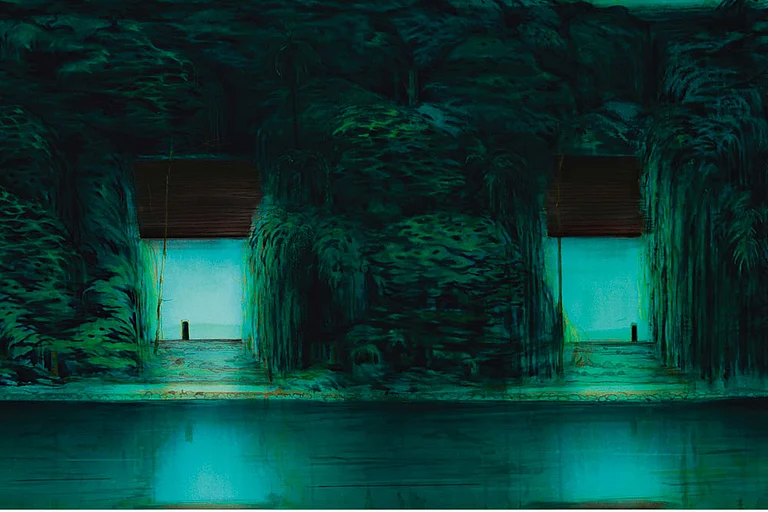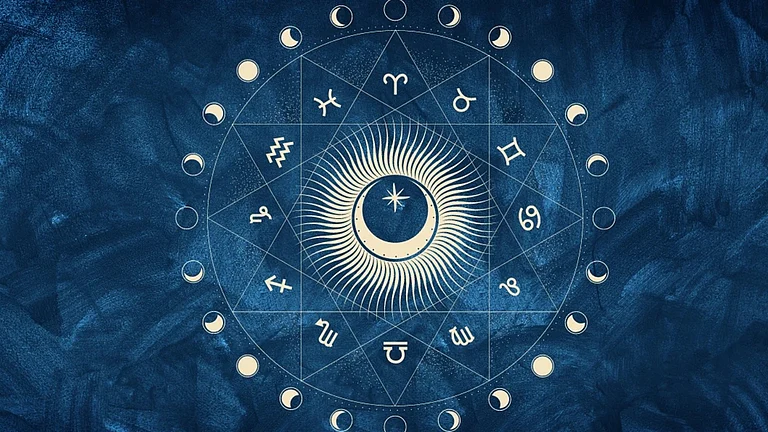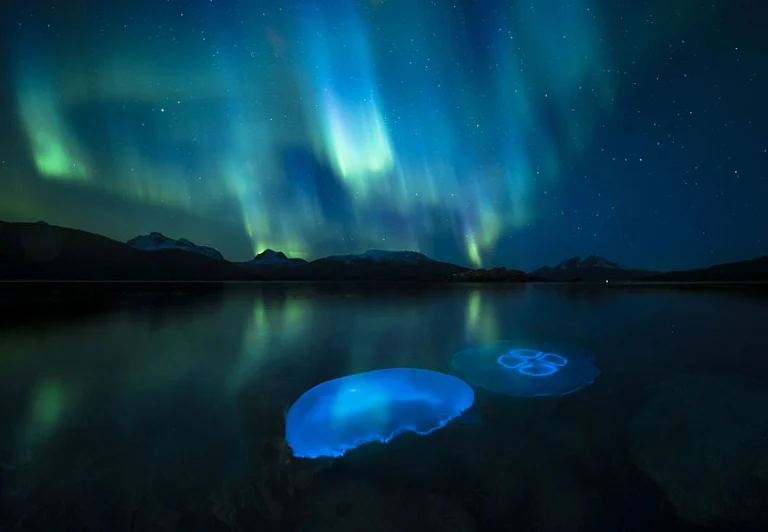Over two centuries ago, the keen observations of physiologist Jan Evangelista Purkyně laid the groundwork for understanding a fascinating quirk of human perception. Purkyně noticed a peculiar transformation in the appearance of red flowers, which seemed to undergo a dramatic shift in hue from vibrant carmine during sunny days to a sombre, muted tone at nighttime. This phenomenon, now referred to as the Purkinje effect, sheds light on how colours appear differently depending on the level of ambient light.
The Mechanisms Behind The Phenomenon
As Will Snyder, manager of the Saint Louis Science Center’s James S. McDonnell Planetarium, elucidates, the Purkinje effect is a result of our eyes' intricate mechanisms. In bright light, cone cells dominate, relaying information about colour to the brain. However, as daylight wanes and darkness ensues, rod cells take over, primarily registering blue-green wavelengths. This transition usually occurs gradually, but during a total solar eclipse, the process is accelerated.
On April 8, a total solar eclipse is set to traverse Mexico, the United States, and Canada, offering a prime opportunity to witness the Purkinje effect in action. As the moon progressively obscures the sun, light diminishes rapidly, mimicking the shift from day to evening. Snyder explains that this swift transition accentuates the contrast in colour perception, making reds appear duller compared to the vibrant blues and greens.
The University of Texas at Austin further elucidates that during the twilight conditions of the eclipse, both cone and rod cells operate simultaneously due to the rapid shift from light to dark. This phenomenon, known as mesopic vision, results in a grayscale or sepia-toned appearance of the surroundings. Dr. Grady Rylander III emphasizes that even outside the path of totality, the Purkinje effect may still manifest to varying degrees, especially during partial eclipses where daylight dims.
Safety Measures And Observing Tips
However, caution must be exercised when observing the phenomenon. Dr. Rylander stresses the importance of using proper eye protection, such as eclipse glasses, when looking directly at the sun to prevent retinal damage. The Purkinje effect is best observed by gazing at surrounding objects during occlusion, not the sun itself.
For enthusiasts eager to witness this spectacle, Snyder recommends wearing contrasting colours like red and green to accentuate the perceptual shifts. The juxtaposition of these hues enhances the vividness of the colour transformation as the eclipse progresses.
Despite the allure of capturing celestial phenomena on camera, the Purkinje effect remains an exclusive experience for the human eye. Snyder highlights the rarity and excitement surrounding total solar eclipses, attributing the phenomenon as yet another reason to marvel at these cosmic events.



























